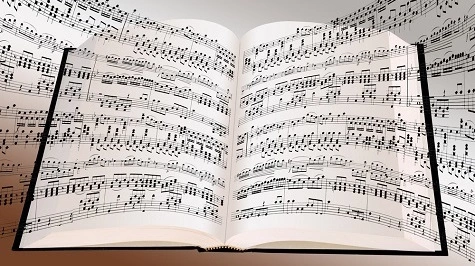
Music Appreciation
Learn to love music from the Baroque to the Modern from Handel to Hendrix. Let WEA take you into the world of music to understand its beauty, rhythms and soul. You will find fun, enlightenment and fulfilment in the joy of music.
Available Classes
An Evening with Ravel
<p>Ravel’s Bolero is one of the best-known pieces of classical music. Join us as we spend an evening exploring the life and music of this fascinating composer, and how his music relates to the French
...Available Classes
The Intriguing World of Haydn
<p>Few composers have left as great a mark on the musical landscape as Joseph Haydn. From humble beginnings, born in the time of Baroque masters like Bach and Handel, he shaped and consolidated the
...Available Classes
Vivaldi, Bach and Handel - Their Compositions of the 1720s
<p>Come and enjoy outstanding works by Vivaldi, Bach and Handel composed during the 1720s, a decade that witnessed many masterpieces written by these composers, including Vivaldi’s ‘The Four Seasons’,
...Available Classes
Music Theory for L Platers: Beginners Level
<p>This course is for the absolute beginners or those who have dabbled but never grasped how to read music! Demystify your fears about how to interpret notation, rhythm, scales and key signatures.
...Available Classes
A Beginner's Guide to Chamber Music
<p>Chamber music is one of the most intimate forms of classical music. It combines the wealth and richness of classical music structures with the intimacy of being able to see each performer, and hear
...Available Classes
Da Do Ron Ron: The Girl Group Sound of The 1960s
<p>In the 1960s Girl Groups came on to the scene and had a profound effect on music. These groups comprised of teen age girls who wanted a career in music. Tonight, we will outline this period and see
...

Available Classes
Music Theory for P Platers: Intermediate Level
<p>This course is designed to expand and consolidate your knowledge on major and minor scales, enharmonic equivalents, the circle of 5th's and the use of double sharps and flats. Rhythmic passages and
...



